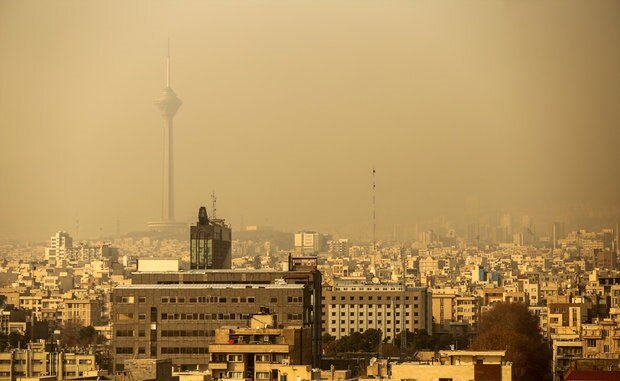Special working group formed to mitigate ozone pollution

TEHRAN – A special working group consisting of environmental experts has been formed to find solutions for tackling ozone pollutants hitting the capital, deputy mayor of Tehran for traffic and transport affairs has said.
Ozone in the lower atmosphere is formed by the reaction of sunlight on air containing hydrocarbons and nitrogen oxides (NOX) that react to form ozone directly at the source of the pollution namely, cars, industry, gas vapors, chemical solvents, fuel combustion.
Referring to the rising ground level ozone concentration in the metropolis of Tehran, Mohsen Pourseyyed Aqaei said that reducing ozone is complex, because decreasing other pollutants can lead to an increase in ozone.
For example, if the concentration of particulate matter decreases in the air, ozone emission raises, he lamented, ISNA reported on Tuesday.
Moreover, cars can contribute to ozone raise, as toxic emissions of oxides of nitrogen is released by diesel cars during fuel combustion in an engine, he added.
He went on to say that improving quality of fuel and the vehicles may result in the production of ozone, if a catalytic converter cannot reduce particulate matter and nitrogen dioxide.
So, ozone mitigation is complicated, as some improvement measure can even result in the emission raise, he stated, highlighting, therefore, we set up a working group to conduct scientific research and come up with efficient solutions.
This summer, Tehran is on average 1.5 degrees warmer than the same period last year, however, ozone is not a new pollutant, and it only increased considerably this year because of the reduction of particulate matter along with temperature raise, he explained.
Emphasizing on catalytic converters as a major factor in reducing ozone emissions, he added that the Department of Environment should concentrate and control more over the vehicle's catalytic converters.
Given that currently the car's warranty period is lower than the catalytic converters lifetime, the DOE should seek for a solution to increase the warranty period, so if the catalytic converter is not working properly, the car manufacturer companies take action to replace it, he suggested.
Since the beginning of the current Iranian year (March 21), Tehran air quality has been unhealthy for sensitive groups for 19 days due to high rate of ozone emissions, and 1 day has been polluted and unhealthy for all the residents, according to the Tehran Air Quality Control Company.
Last year, 28 days were reported to be polluted for sensitive groups in Tehran, while ozone pollution were to blame for messy air for 15 days of the total unhealthy days.
Hossein Shahidzadeh, the caretaker for Air Quality Control Company told Khabaronline news agency that curbing ozone emission can come up with several solutions, one of which is the implementation of a scheme for vapor recovery through which a system was installed to separate organic vapors from air and off-gases in the stations, however, the scheme is developing at a low pace.
Another way to improve the situation is clunker cars scrappage, which means discarding the old cars and motorcycles, as over 60 percent of motorcycles amounting to 1.5 million are extremely old which must be scrapped, he noted.
FB/MG
Leave a Comment